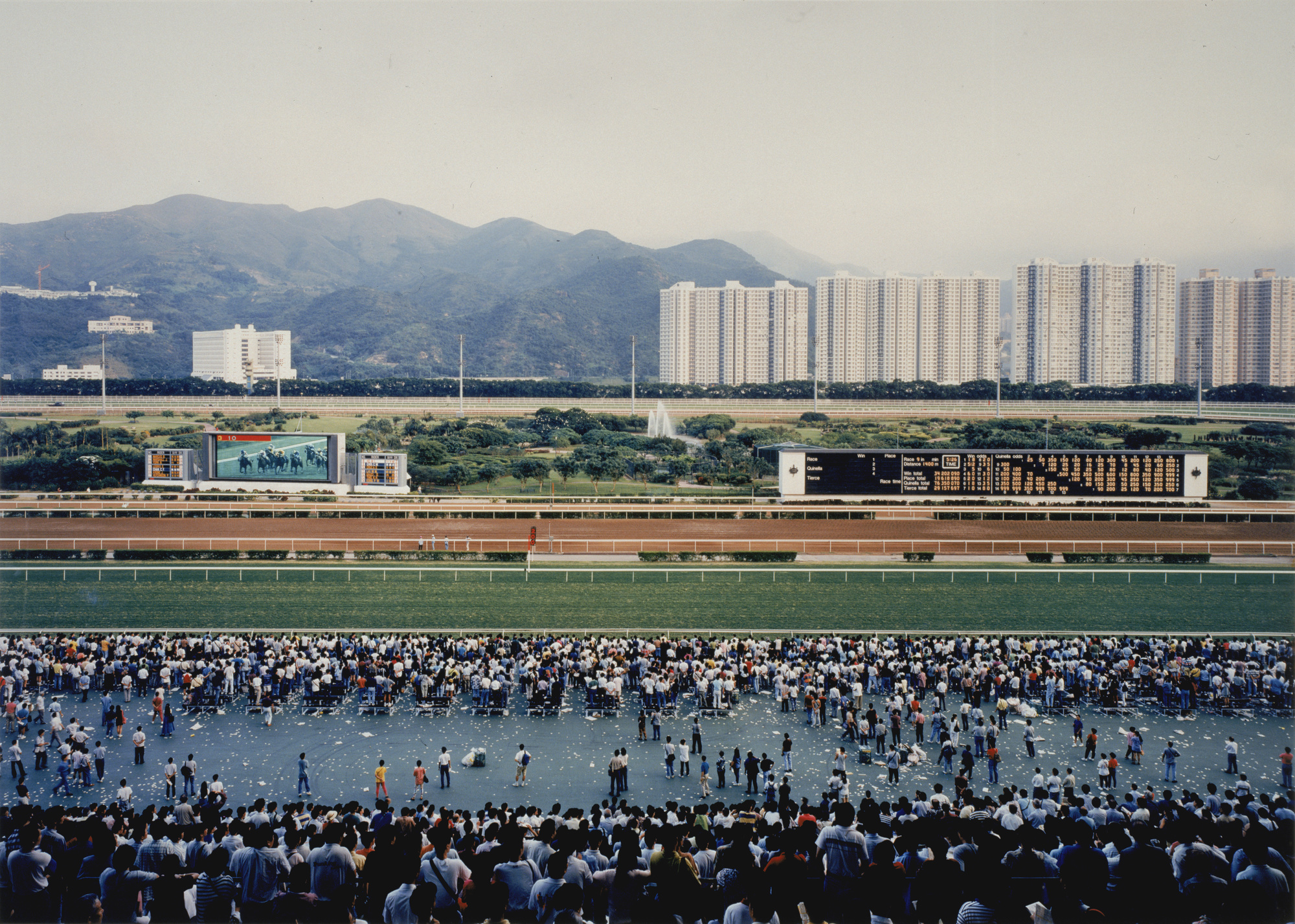I attended the Science in Virtual Worlds event at the London Apple store yesterday evening. I’ve always been quite cynical about systems like Second Life but I am having second thoughts now.
SciLands is an interesting place. The National Physical Laboratory and NASA (amongst others) have created an area dedicated to hard science and science education.
Dave Taylor of the NPL made a spirited case for the usefulness of Second Life. In addition to bringing geographically divided people together (much like email or instant messaging can) he argued that the use of a three-dimensional world had extra advantages.
It increases the sociability of situations (with real world cues such as stepping towards the centre to speak to a group arranged in a circle). This makes the interactions richer and more “real” than something like email. It also encourages informal conversations. For example, after a video conference the camera is switched off but after a Second Life conference, avatars must move away or can form smaller groups, renew acquaintances and so on as in a real conference. Serendipity is also increased by allowing anyone anywhere on the globe to be neighbours. One of NPL’s areas borders the University of Denver and they are now engaged on a joint project to bring a nuclear power station to Second Life, something that would not have happened were they not neighbours.
